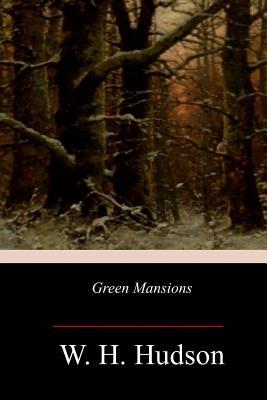Classic master of natural history writing W. H. Hudson forms an important link between nineteenth-century Romanticism and the twentieth-century ecological movement. His most famous novel, Green Mansions, now resplendent in a glorious, full-cloth package featuring a foil-stamped cover, a new introduction by Margaret Atwood, and lavish interior illustrations by Keith Henderson, transports readers to the 1920s back-to-nature movement as Hudson captivates them with this timeless, mystical romance.
Deep in the virgin forests of southwestern Venezuela, Abel, a man from Europe, seeks refuge from war. In this "green mansion," he encounters the wood nymph Rima, the last survivor of a mysterious aboriginal race. Abel is quickly captivated by her ethereal presence, and love blossoms between them. However, cruelty and sorrow lie in wait on the horizon, and the couple's romance is not fated to last forever.
The new critical introduction by Margaret Atwood examines the classic novel in both its historical and modern contexts. Green Mansions offers its readers a poignant meditation on the loss of wilderness, the dream of a return to nature, and the bitter reality of the encounter between savage and civilized man. Hudson's halting, poetic expressions combined with his descriptions of untouched, natural beauty make Green Mansions a powerful a call back to nature.
